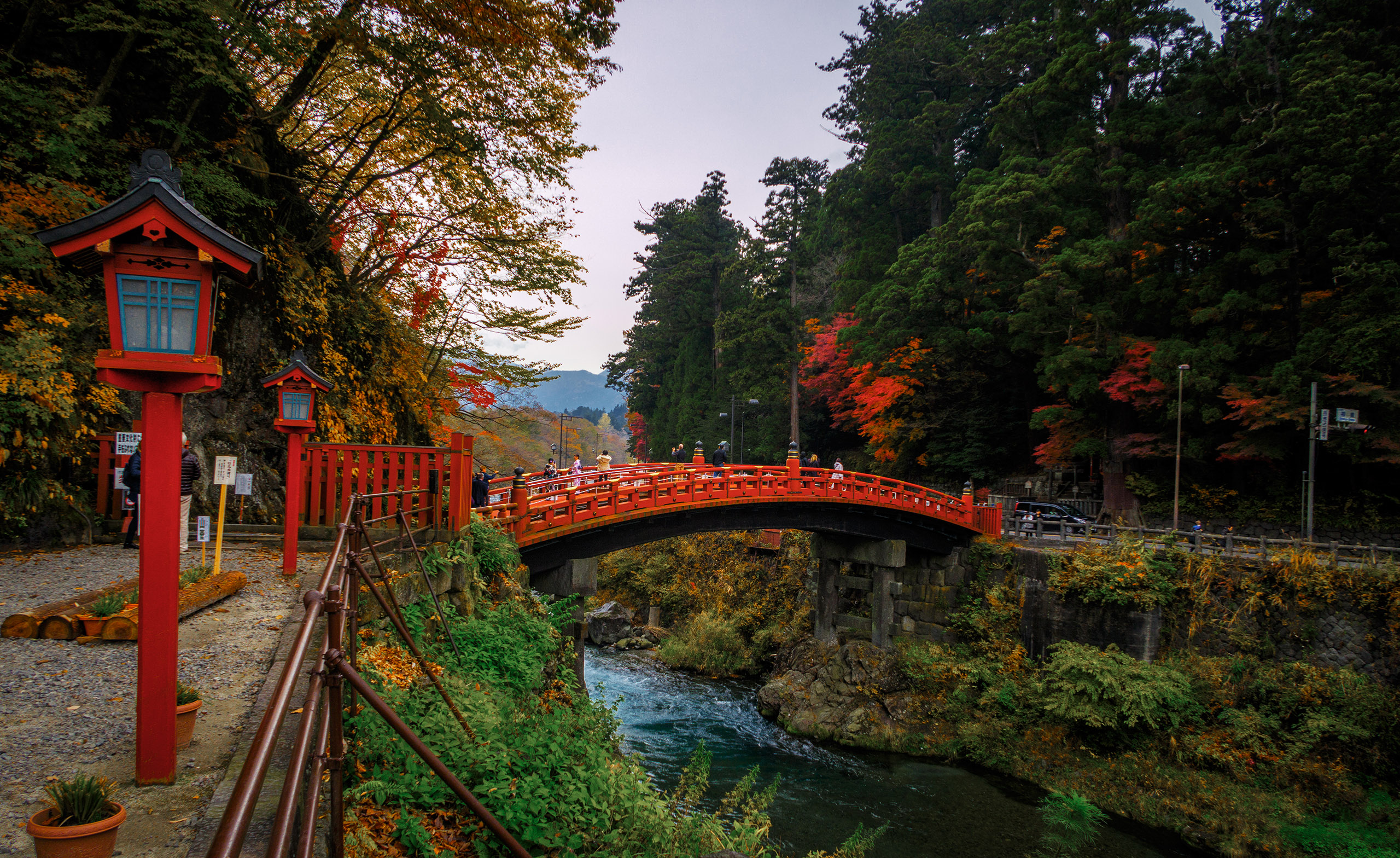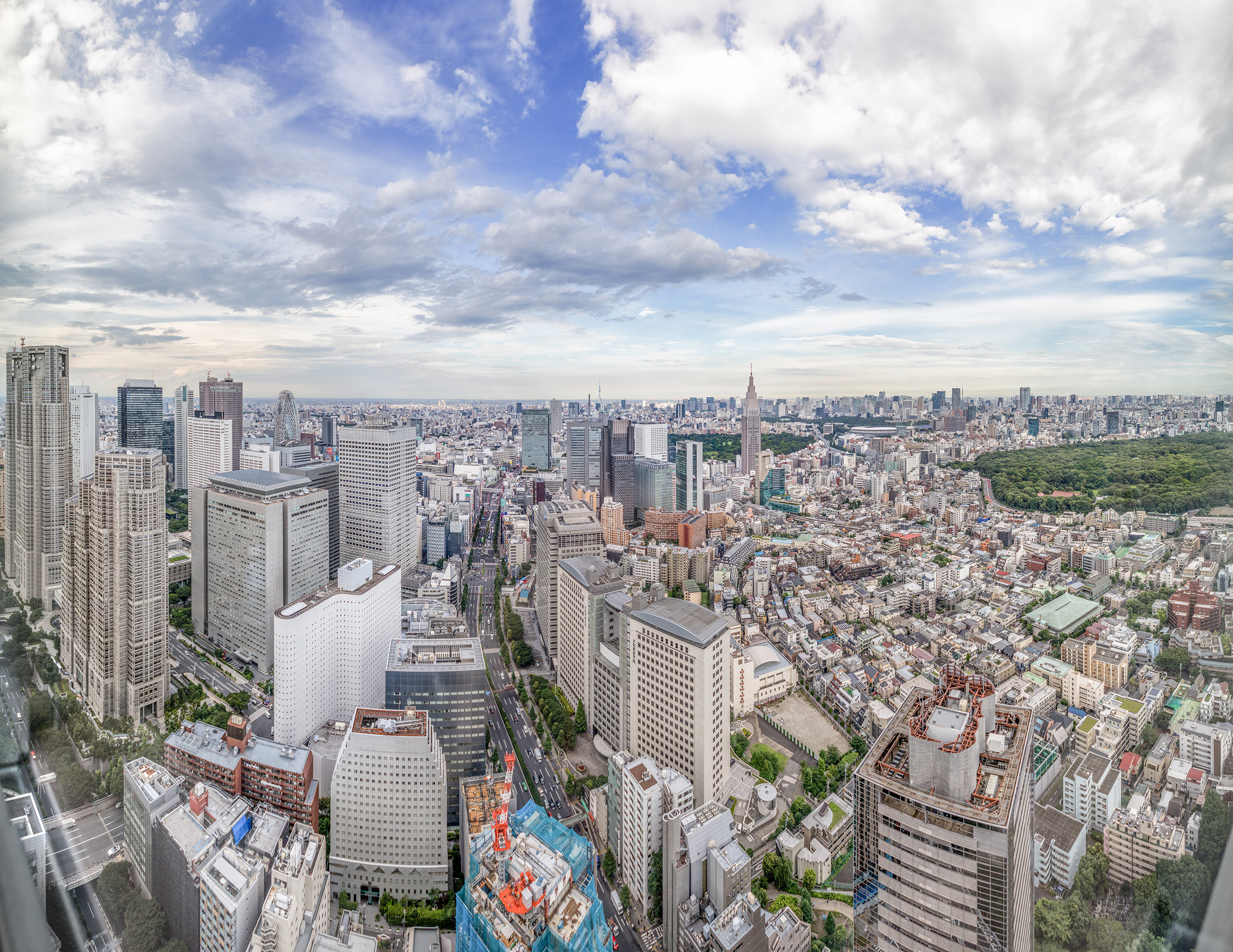
Nikko
Welcome to Nikko, where the stage is set for the final showdown between art and nature. Will magnificent pagodas measure up against towering Japanese cedars? Is the beauty of Tokugawa’s mausoleum a match for the majesty of Kegon Falls? We’ll let you keep score.
Even in Kyoto, replete as it is with historical gems, you have to hunt for your treasures between glass and steel. Not so in Nikko. Here, it’s as though art and nature are trying to outdo one another, with manmade and natural wonders vying for supremacy at every turn.
In the art corner, we have Tokugawa Ieyasu, founder of Japan’s greatest shogunate, originator of the Edo period, and all-round towering figure of Japanese history. Nikko was a center of Buddhism long before he selected it for his final resting place, but it’s his monumentally ornate mausoleum that earned it World Heritage status. Ostentatiously tasteless or magnificently beautiful depending on your point of view, one thing we can all agree on is that it’s unlike anything else you’ll see in Japan.
On the side of nature, meanwhile, we have Lake Chunzenji and its surrounding waterfalls, forests and hot spring resorts. While most visitors zip to Nikko for the day just to take in the temples, those who stick around a little longer discover a landscape carved up by gorges, criss-crossed with walking trails, and peppered with hot spring baths. This is a side of Nikko that few foreigners ever see, and it’s what keeps us coming back year after year. As the saying goes, “Don’t say kekko (beautiful) until you’ve seen Nikko”.
